All about indoor plants

If you want to turn your apartment into a cozy green corner, you need to choose the right plants. Only healthy flowers, which you provide optimal living conditions, will grow well and delight you for many years. Let's get acquainted with the most popular cultures, their names, descriptions and rules of care.
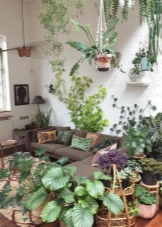
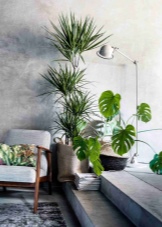
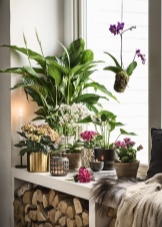
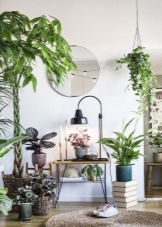
The most unpretentious indoor plants
Among the townspeople, fast-growing indoor plants, which do not require special attention, enjoy great love. They are easily adaptable at home, all taking care of them comes down to traditional activities - watering, spraying and periodically replanting into a new pot as they grow.
Gardenia jasmine
Indoor plant from the madder family, found in the natural environment in China, India and Japan. At home, the shrub grows up to 50 cm, it is distinguished by dark green shiny leaves. Blooms from July to October, abundant flowering, double flowers, with a pleasant aroma.
It develops successfully even in conditions of a lack of lighting.
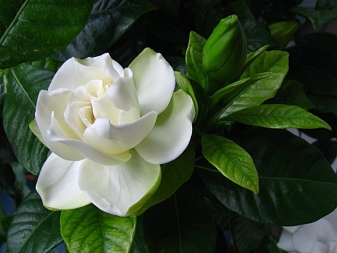
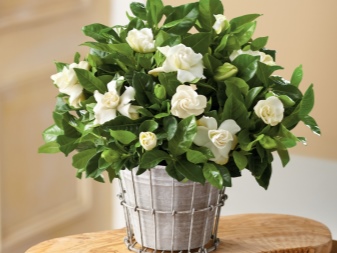
Hamedorea
This houseplant is classified as a palm tree. Caring for him is not very difficult. To keep the leaves bright and lush, on summer days the green pet needs to be sprayed and rinsed under the shower. However, this culture painfully perceives direct sunlight, therefore, when placed on the southern window, it is advisable to shade the bush.
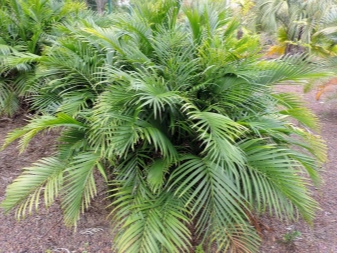
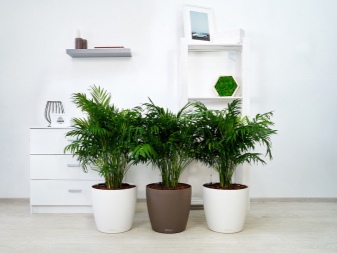
Rapis
A shade-loving domestic palm tree in its natural environment can be tall and undersized, at home it can grow up to 1.5 m.The flower is quite compact. The plant does not require good lighting and tolerates room temperature normally. In the hot season, rapese can be displayed on a balcony or terrace. The only requirement for crop care is regular moisture.
The soil should not dry out, but its swampiness should not be allowed.

Begonia
One of the most beautiful and at the same time unpretentious indoor plants. Any substrate is suitable for it. Begonia easily tolerates temperature fluctuations. However, for a lush bloom, she needs sunlight. In summer, these flowers can be taken outside and even left there overnight.
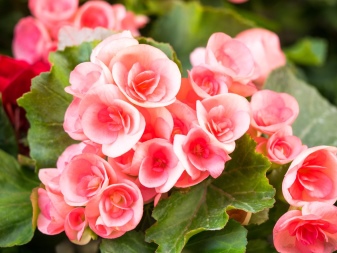
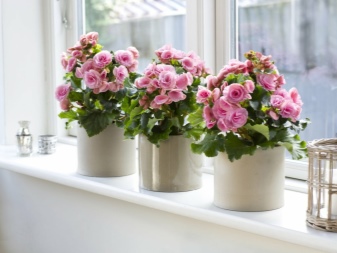
Spathiphyllum
This flower is popularly known as "female happiness". It is distinguished by large pointed leaves and large white flowers that resemble a sail. Optimal for growing on northern windows and in dimly lit corners of rooms.
But the culture is sensitive to watering - if you want to achieve beautiful flowering, then the plant needs to be provided with regular irrigation.

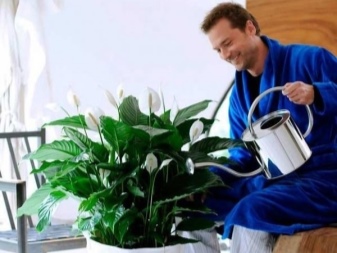
Best flowering species
There are many different types of houseplants. Cultures with bright inflorescences and a pleasant smell are especially fond of.
Abutilon
This flower is known as the "indoor maple" due to its large leaves. The plant is undemanding to care for. All he needs is good daylight and regular, gentle watering. To achieve lush flowering, it is best to use a mixture of turf, humus, manure and sand as a substrate. A good effect is given by feeding with saltpeter and superphosphates. Requires pruning in spring.
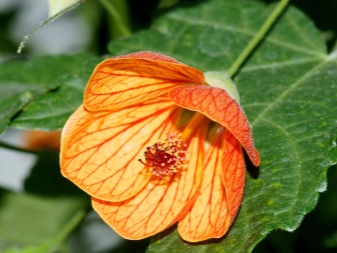
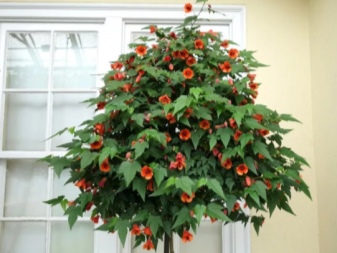
Hibiscus
Another picky green pet, which can grow up to 1.5-2 m in houses. Abundant flowering, from early spring to autumn. Flowers can be of a variety of shades - pink, white and bright red.Plants need good watering and plenty of sun. A suitable substrate is a mixture of turf, peat and river sand.
To form a bush in the spring, the flower is pruned.
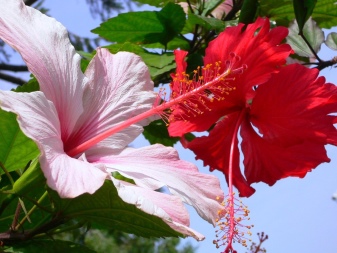
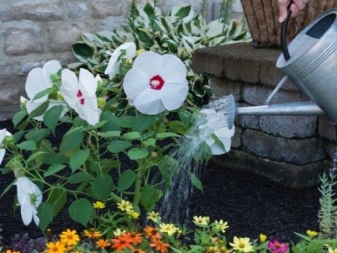
Anthurium
A very beautiful plant with red flowers. Prefers temperatures below +20 degrees, good lighting and moderate watering. The soil must be well drained.
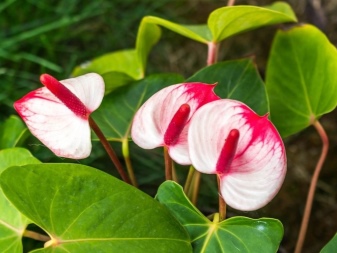

Clivia
A distinctive feature of this plant is its rich dark green leaves. At the time of flowering, elongated pedicels with large orange-yellow buds are formed on them. The plant withstands shading well, and if you use top dressing, the clivia will bloom even in a very dark room.
The optimal soil is a mixture of leafy soil and turf with the addition of sand.

Indoor roses
It is a bushy, flowering and fragrant plant. Can't stand bad lighting. Indoor roses can have a wide variety of colors. In order for the flowering to be long, immediately after the purchase, the plant must be transplanted into a nutritious substrate.
Subject to the rules of care, a room rose can bloom throughout the year with minor interruptions. The plant responds well to watering, and it is very important not to allow the soil to dry out. Top dressing should be done every two weeks. All dry branches and wilted buds must be removed in a timely manner.
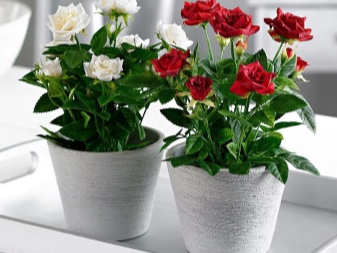

Pelargonium
This plant blooms for 9 months, the only exception is the dormant period from November to February. In total, there are about 300 varieties of this flower. Pelargonium is not only beautiful, it is also useful - the essential oils secreted by it help improve the air in the house and destroy pathogenic microflora.
In order for the flowering not to stop, the plant needs to be provided with good lighting, regular moderate watering and pruning.


Kalanchoe
One of the most amazing house flowers, it belongs to succulents. Blooms for several months. To support him at this stage, it is necessary to provide him with rare but abundant watering and an optimal temperature regime (in winter - 15-17 degrees, in summer - 20-25 degrees).
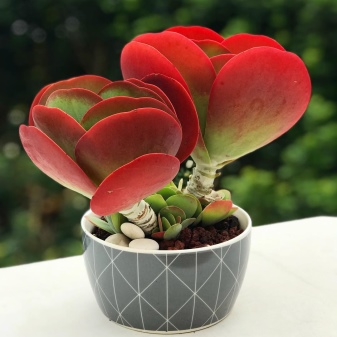
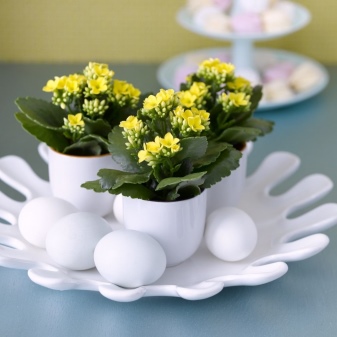
Saintpaulia
This plant is better known as the uzambar violet, it is referred to as exotic. Flowering is year-round, and in order for it to be abundant and lush, moderate watering should be maintained, preferably in a pan. Optimum temperature indicators are + 16 ... 25 degrees, air humidity - 60-70%.
But drafts and spraying of this culture are contraindicated.
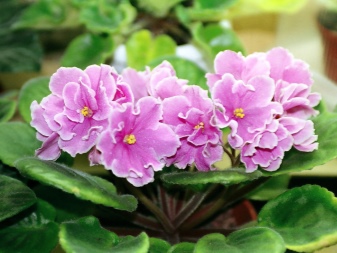
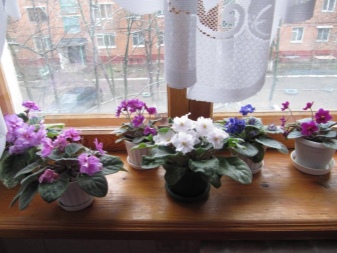
Description of climbing plants
Climbing plants are used to decorate vertical surfaces in the house. They can be creeping and climbing. Let's get acquainted with the most interesting colors.
Cissus
An unpretentious plant, it is a relative of the vine. The culture is distinguished by dense green leaves with silvery dots, on the reverse side they can have a pinkish tint. They grow very quickly and cling to any surface. To prevent the lashes from breaking, it is advisable to install supports.
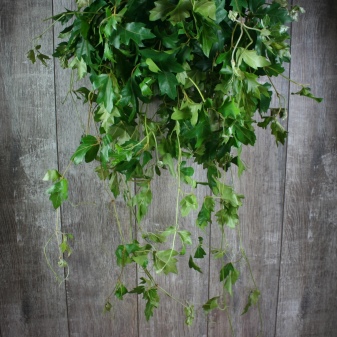
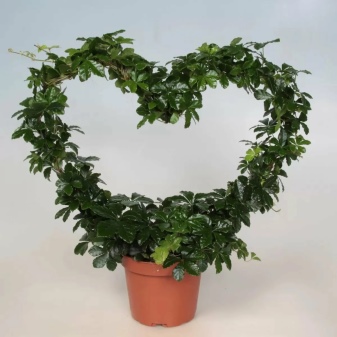
Clerodendrum
The stems of this shrub are curly, reaching 4 m in length. Covered with oval velvet leaves with pronounced veins.
During flowering, the plant looks very decorative.
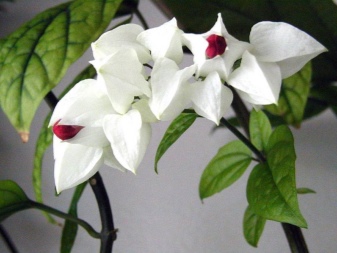
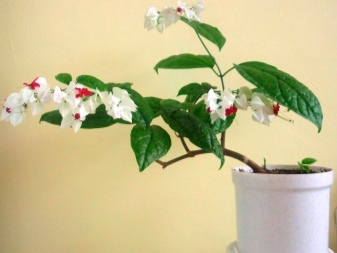
Mandeville
Climbing evergreens with green glossy leaves. Flowers can be crimson, milky, snow-white, light pink. Better known as the Bolivian rose.
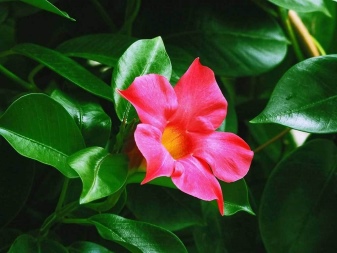
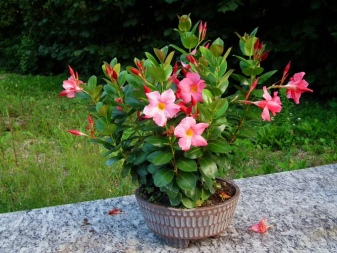
Syngonium
An exotic liana-like plant. Depending on the variety, the leaves can be whole, deeply dissected, and have the shape of spears and hearts. The color also varies, most often the leaf plates are variegated.

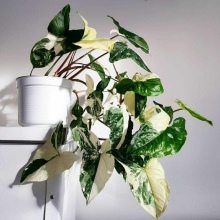

Scindapsus
An unpretentious climbing house plant that can thrive in any conditions. The leaf plate is a rich green color with light spots, the shape of the leaves is heart-shaped. The growth rate is high.
To make the plant more lush, the bushes need to be pinched from time to time.
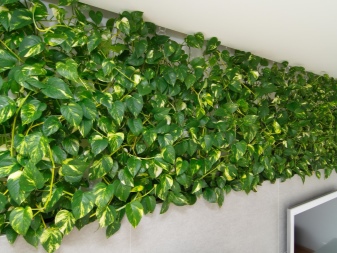
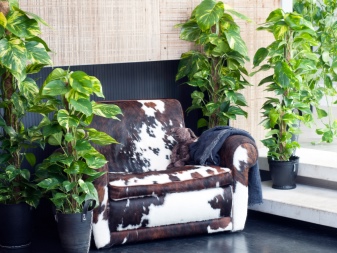
Philodendron clinging
A plant with thin creeping stems reaching a length of 3 m or more. The leaf blades are green, heart-shaped. Length from 10 cm. The bush must be tied to a support.
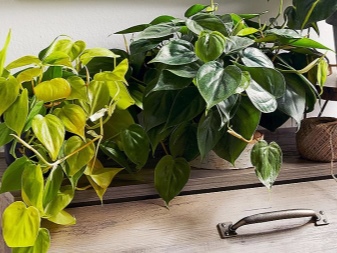

Curly ivy
Curly culture with decorative leaves, popular among our compatriots. Used to decorate window and doorways. Sheet plates can be plain or patterned.

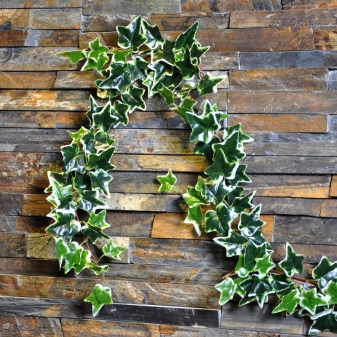
In terms of their decorativeness, climbing plants are similar to ampelous ones.
The most popular of these is purpurea netcreasia. This is a perennial, juicy shoots of which grow up to 1 m. The leaves are wide, lanceolate, up to 10 cm long. The leaf plate is green-purple, the wrong side is purple, with a pronounced edge. It blooms from mid-spring to late summer with small pink and lilac flowers, collected in inflorescences.
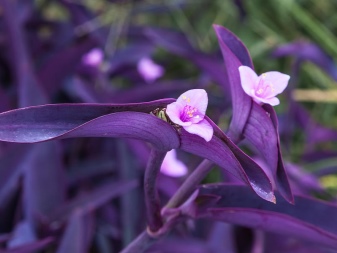
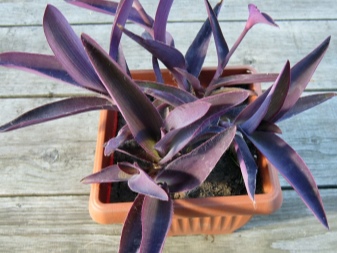
Selection criteria
Even the healthiest beautiful flowers from reliable suppliers will not grow and develop successfully if the microclimate in your home is unsuitable for them. Like all other living things, green pets have their own requirements for their environment. Indoor plants will delight you only if you can maintain the temperature and light conditions that are optimal for them.
Here are some guidelines to help you choose the right green friend.
Lighting
Even from the school course of botany, everyone knows that the vital activity of any plant is the process of photosynthesis. Pets are no exception - for them, the level of illumination is very important. Even the most shade-loving specimens need light, it affects their development, so dark narrow niches and corridors with artificial lighting are not suitable for them.
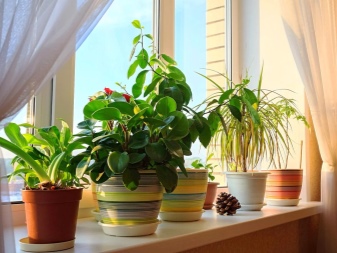
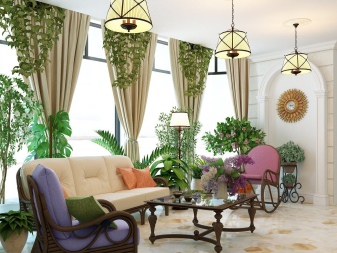
To choose the right flower for yourself, first of all, you need to take into account the location of the windows. So, if they face west or east, consider yourself lucky. The owners of such premises can purchase any flowers that they like. The room is well lit, but there are no direct rays of the midday sun. All crops grow on the windows, illuminated by the rising and setting sun. But on the windowsills facing the north, decorative deciduous plants develop well - ficus, bougainvillea, hibiscus and strelitzia.
Do not forget that the houseplants presented in stores come from all over the world.
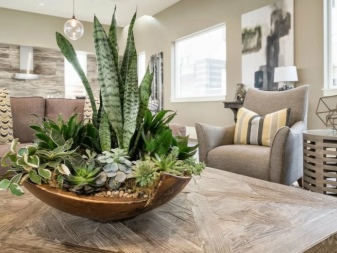
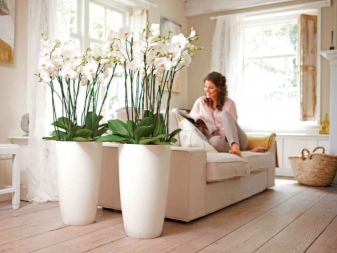
For example, succulents and cacti are native to desert and arid regions, in the natural environment they grow in a brightly lit area, respectively, and in houses they are given bright places. In their natural habitat, ferns grow in tropical forests, they need diffused light, like that which penetrates through the dense foliage of tall trees.
Plants with fleshy leaves, such as bearberry, need intense lighting. Indoor linden and other green pets with soft, but large leaves, prefer light shading, they are placed on the table away from the window. Variegated and spotted leaves also need bright light, in winter they need additional artificial lighting with a lamp. Moreover, the more divorces on the sheets, the more intense the lighting should be. Examples of such crops are Croton and Codiaum.
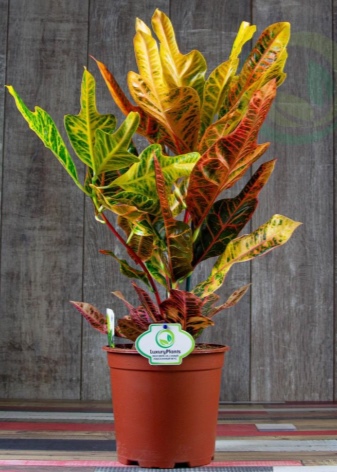
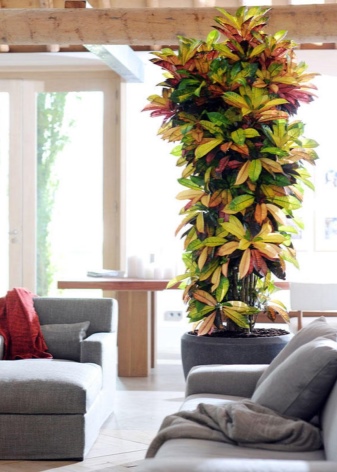
Temperature and humidity
The temperature regime in the room and the level of humidity, especially in the cold season, play an important role in the selection of plants. For example, exotic representatives of tropical flora love the heat, so they freeze whenever the temperature drops. If such a flower is on the balcony, when it gets cold, you need to bring it home. But azaleas and succulents prefer coolness at + 10 ... 15 degrees. It is undesirable to place such plants near radiators, fireplaces and other sources of heating, as this will lead to rapid drying of the roots.
Natural temperature fluctuations occur during the day. Houseplants adapt to changes in heat in different ways. For example, cultures from regions with a temperate climate tolerate temperature jumps without problems. But flowers of tropical origin react to them extremely negatively, therefore, exotics have a more pronounced dormant period.
Large temperature jumps are most easily tolerated by aloe, aspidistra, clivia, sansevier and ficus.
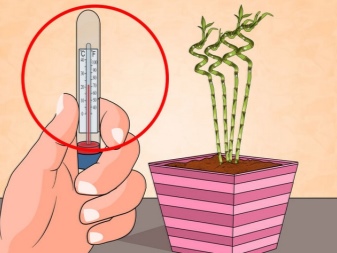
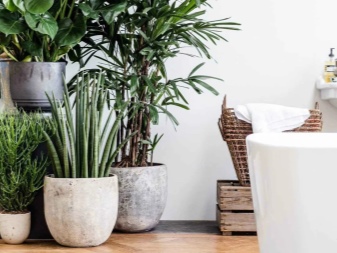
Other characteristics
The flower shops offer a large selection of plants - climbing, flowering, small and large. Sick specimens are often found among them. Therefore, before purchasing a green pet, carefully examine all the samples that are offered to you. Focus on some important parameters.
-
The form. A healthy plant should have several strong shoots. Plants with bare stems at the base are best left in the store.
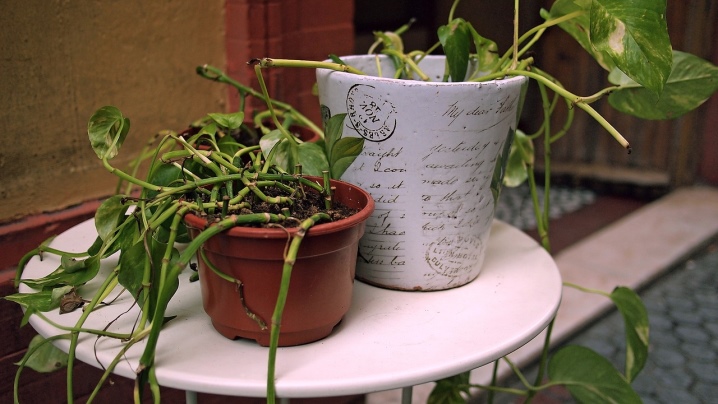
- Leaves. Prefer plants with strong, healthy leaf blades. Do not buy flowers with dry leaf tips and spots.

- Buds. They should be numerous and well developed. Do not buy a flower with flowers in full bloom - they may fall off in a new habitat.
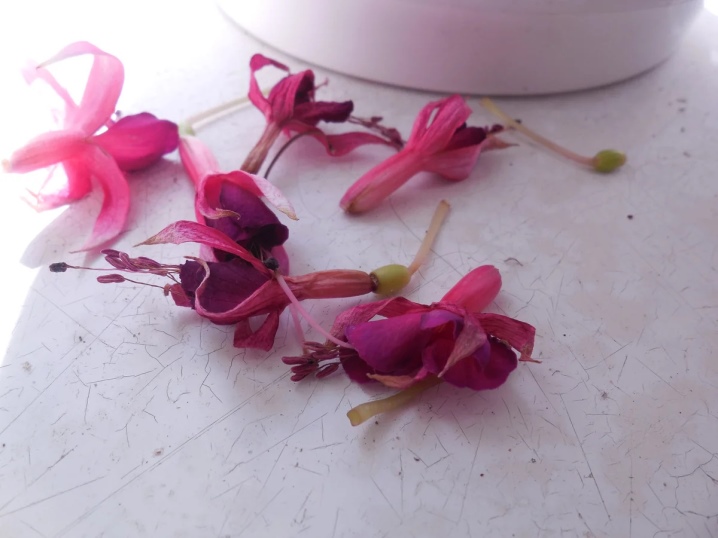
- Pests. Be sure to inspect pot crops for pests. Turn and touch the leaf plates, be sure to inspect the tips of the shoots - usually this is where aphids sit. Any suspicious dark or yellow-brown spots should be alerted.
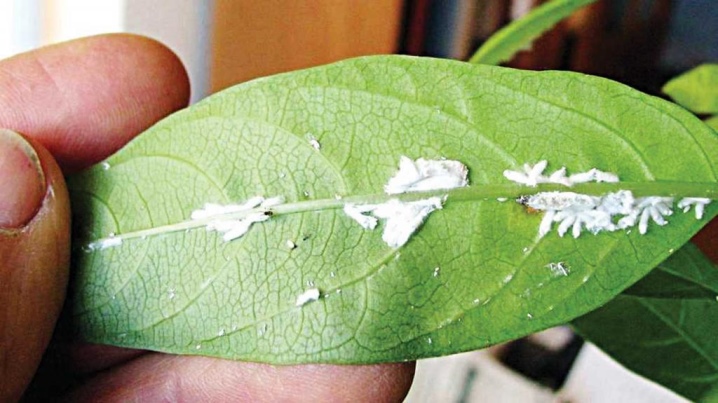
- Security. Oleander, Dieffenbachia, Anthurium, Adenium, Plumeria and some other cultures are dangerous for children. Scientists do not recommend placing such flowers in the nursery - leave them for the office.

Care Tips
It is difficult to imagine a cozy home without indoor plants. They delight the eye and refresh the interior. No wonder they are called green friends. Caring for them usually does not take much time, for this you need to know the basic rules.
-
Dimensions. The plant must be matched to the size of the room. For example, you should not choose large plants in a small room; it is better to give them a place in a spacious hall.
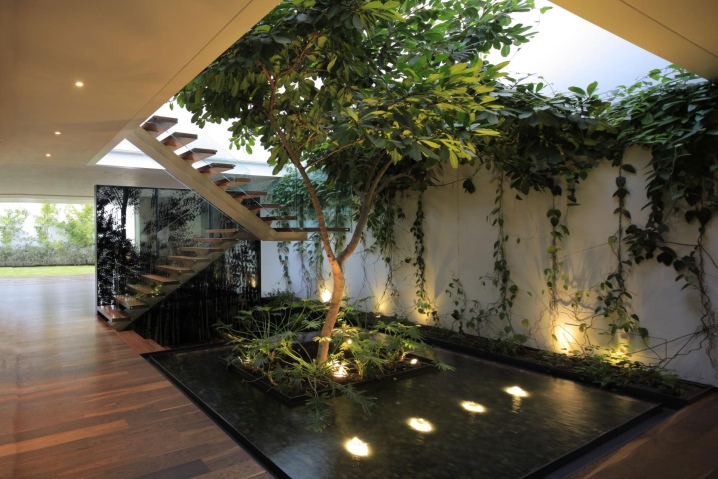
- Light. Any culture, even the most shade-tolerant, needs light. However, the bright rays of the midday sun can harm the delicate leaves of green pets - diffused lighting is preferable for them. In addition, the peculiarities of the colors themselves should be taken into account. Some “like” a light shade, others feel good on the south and east windows.
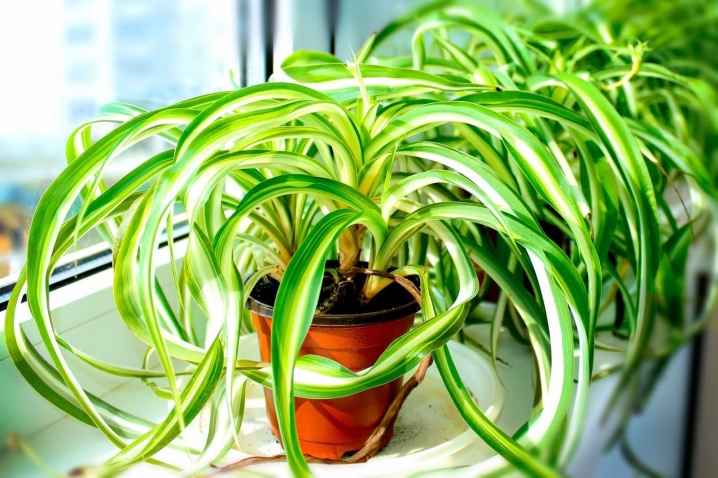
- Temperature. It's not just people who get cold. It is also important for indoor plants to get warmth. Moreover, most of the pets in nature grows in milder climatic conditions. Therefore, try to protect your home flower from drafts and hypothermia. But they also need to be protected from heat, since placing plants near a battery is no less dangerous for them than cold.

- Watering. Regular irrigation is just as important for home flowers as lighting. They need to be watered with settled water at room temperature, excess moisture should freely come out through the drainage holes. Try to avoid waterlogging and overdrying the substrate.

- Spraying. Water is needed not only by the roots, but also by the green parts of the plant. Spraying should be carried out as needed. In winter, it is advisable to do this procedure more often, since heating devices dry the air in the apartment. You can also arrange a real bathing in the shower for the flower. However, it is important that the water is cool and not hot.
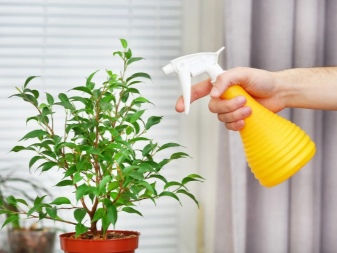

- Substrate. The composition and structure of the soil should be selected individually for each type of plant. The land can be purchased ready-made or made on its own, in any case, it must pass water well.
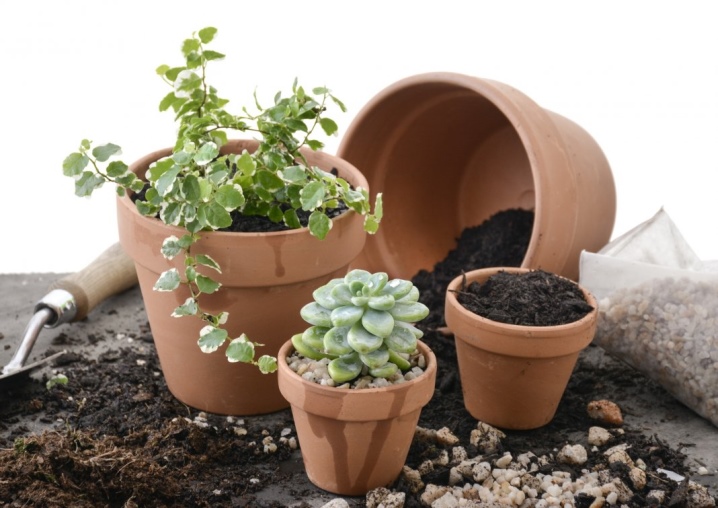
- Transfer. As it grows, the root system of the culture grows.Therefore, once every 1-3 years, flowers need to be transplanted into a larger container, it is best to use the transshipment method for this.

- Pests. You can never be insured against the appearance of pests. If you notice signs of an attack, try to immediately get rid of the damaged parts of the plant and treat the culture with a medicinal preparation.
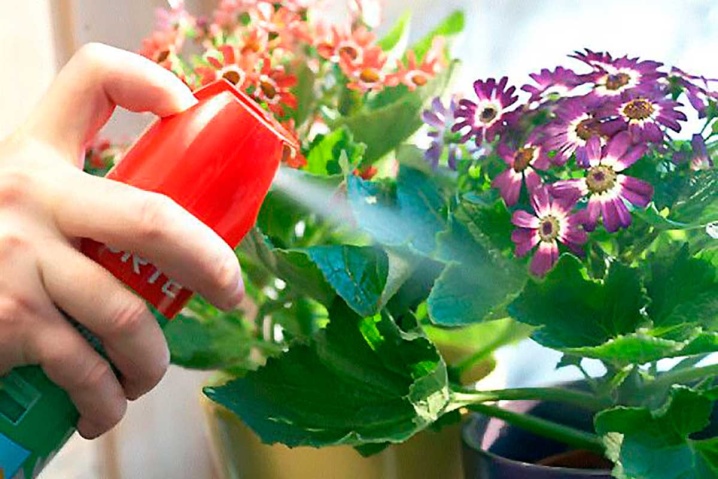
- Loosening. This is a mandatory step in leaving. Regular loosening makes it easier for moisture and oxygen to enter the soil.
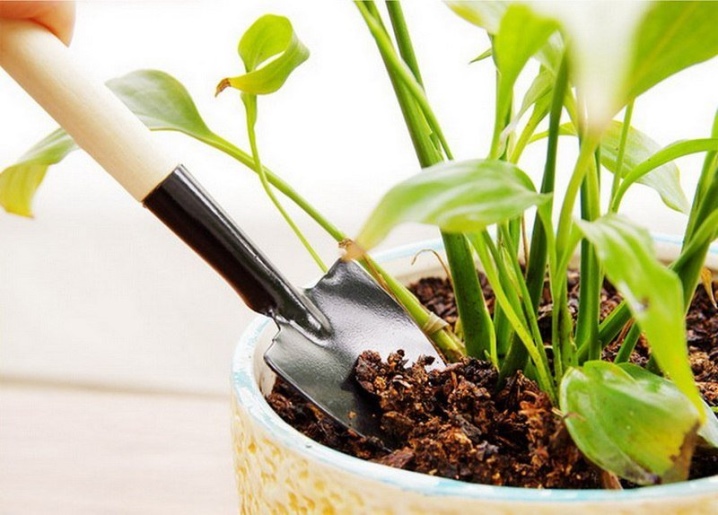
Green pets need attention and care no less than four-legged pets.
Water them, remove dried leaves and flowers, plant them, arrange air baths, wipe the leaves until they shine and feed them with vitamins. If the plants start to fall, you need to build a solid support for them. And in order to preserve them, leaving on vacation for a month, you need to use automatic watering systems. Only correct and harmonious care will guarantee the flawless appearance of your home plant.
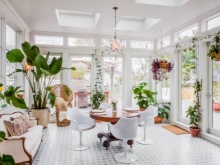
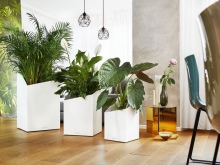
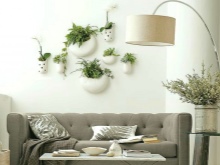































The comment was sent successfully.